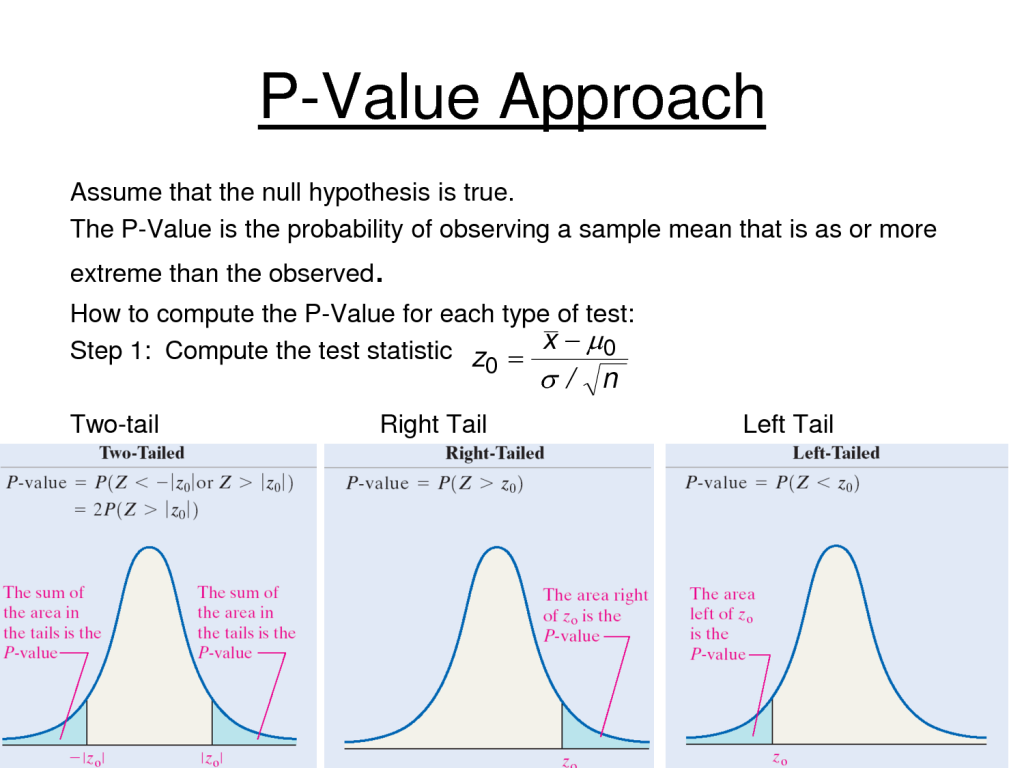
The hybrid method was first considered by Spiegelhalter and Freedman 1. Several authors have proposed a hybrid classical-Bayesian approach for assessing the probability of a successful trial, given the sample size only, which can then be used to inform sample size decisions. However, the power of a trial does not necessarily give the probability of the trial demonstrating a treatment effect, as the true treatment effect may be different to that assumed in the power calculation. Sample size determination is an important part of clinical trial design and conventionally involves power calculations.

Statistics in Medicine published by John Wiley & Sons, Ltd.
#STATISTICAL CALCULATIONS FOR TRIALS SOFTWARE#
We have made free software available for implementing our methods. We also develop prior elicitation procedures for each survival model so that the assurance calculations can be performed more easily and reliably. We develop assurance methods to accommodate survival outcome measures, assuming both parametric and nonparametric models. We argue that assessing the probability of a successful clinical trial is a useful part of the trial planning process. This is typically a hybrid Bayesian-frequentist procedure, in that it is usually assumed that the trial data will be analysed using a frequentist hypothesis test, so that the prior distribution is only used to calculate the probability of observing the desired outcome in the frequentist test.

In the assurance method, which is an alternative to a power calculation, we calculate the probability of a clinical trial resulting in a successful outcome, via eliciting a prior probability distribution about the relevant treatment effect. We consider the use of the assurance method in clinical trial planning.


 0 kommentar(er)
0 kommentar(er)
